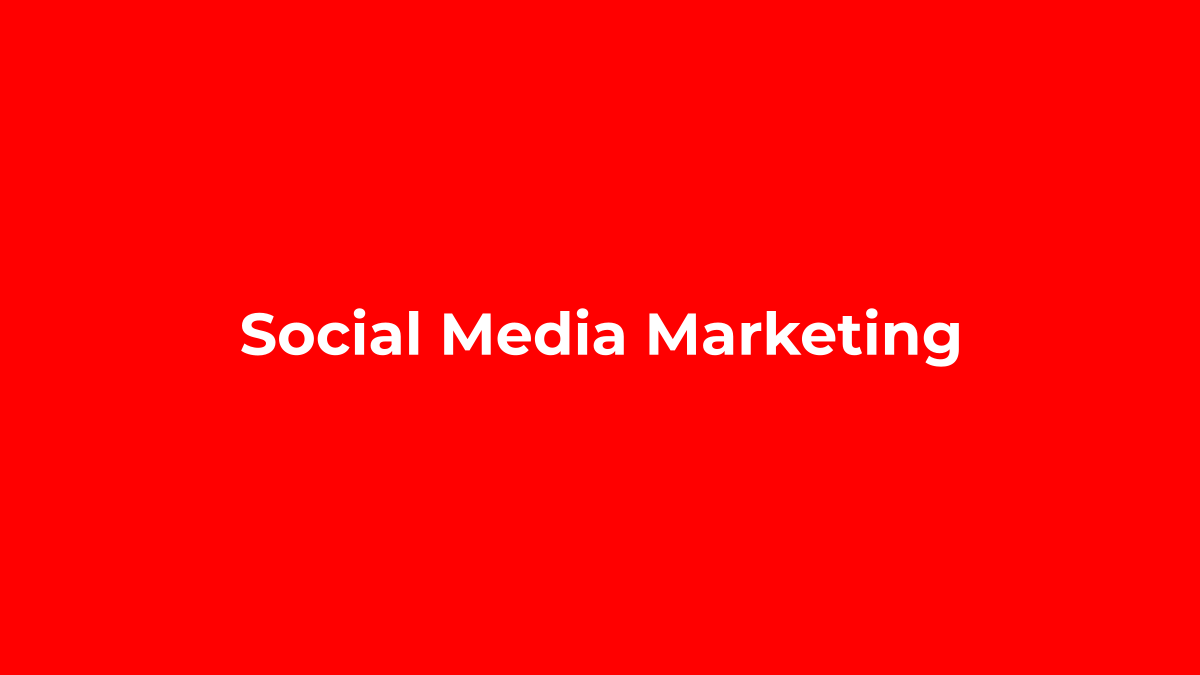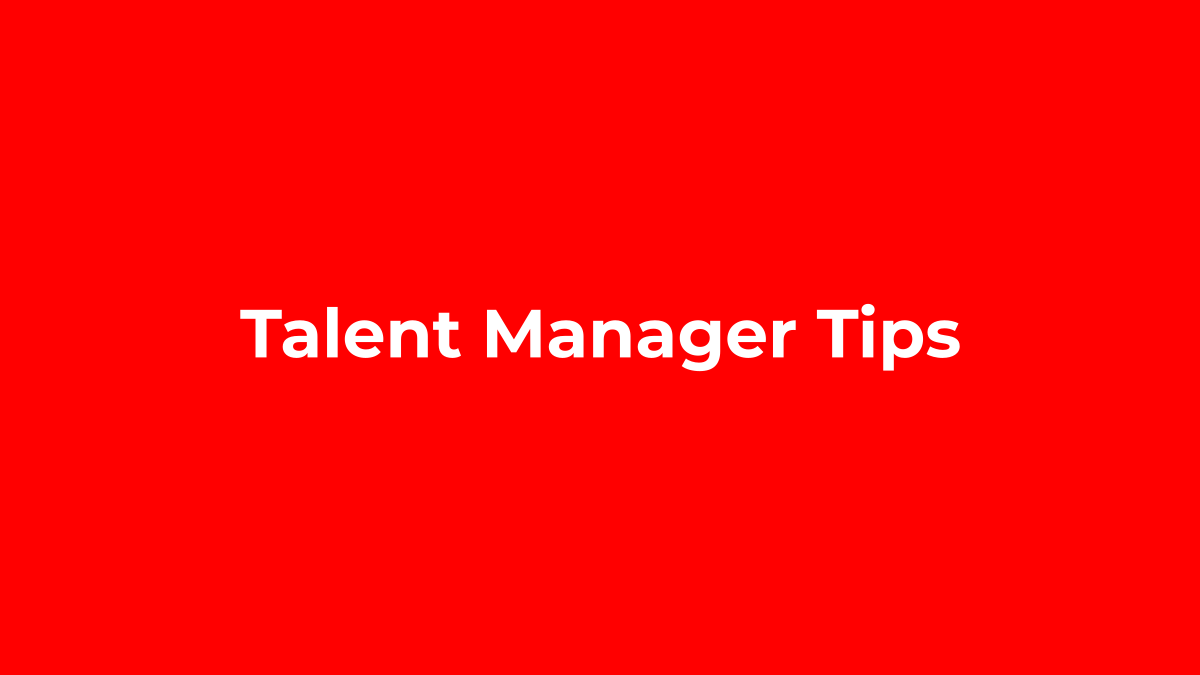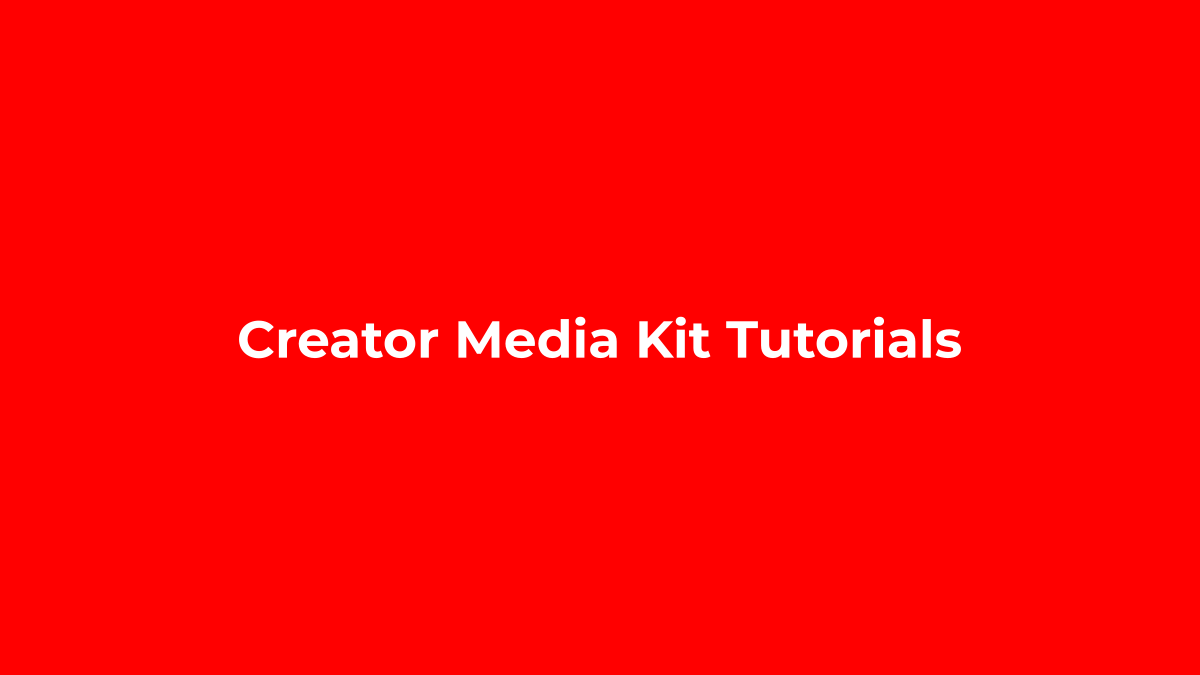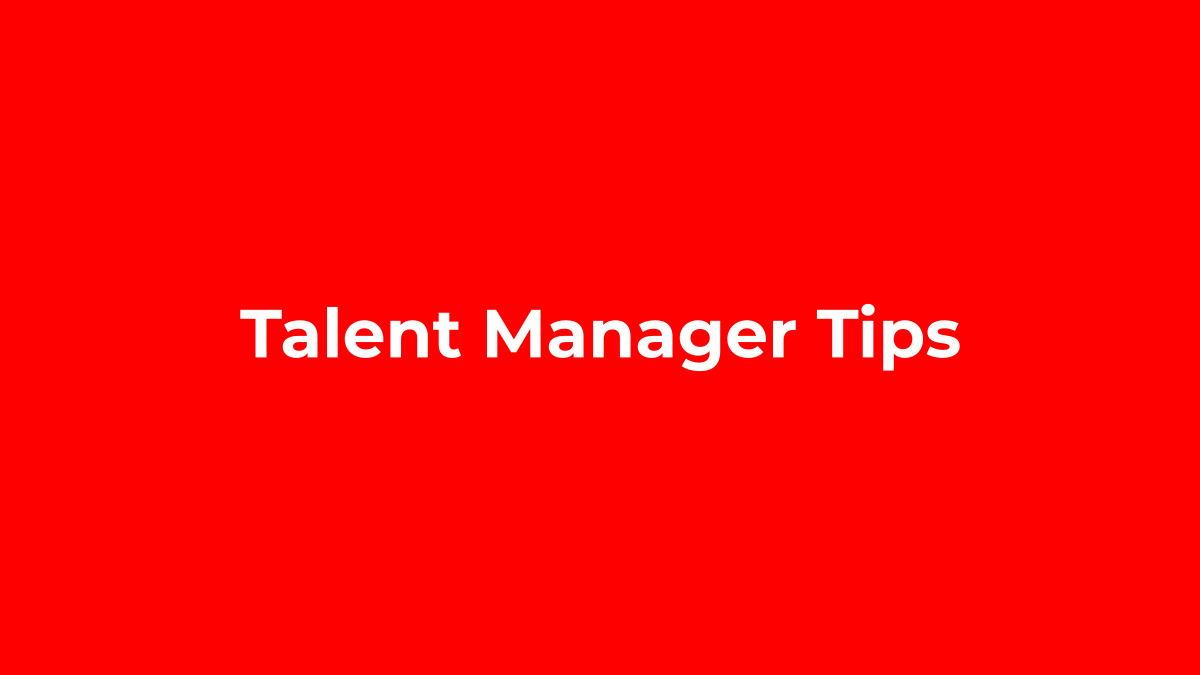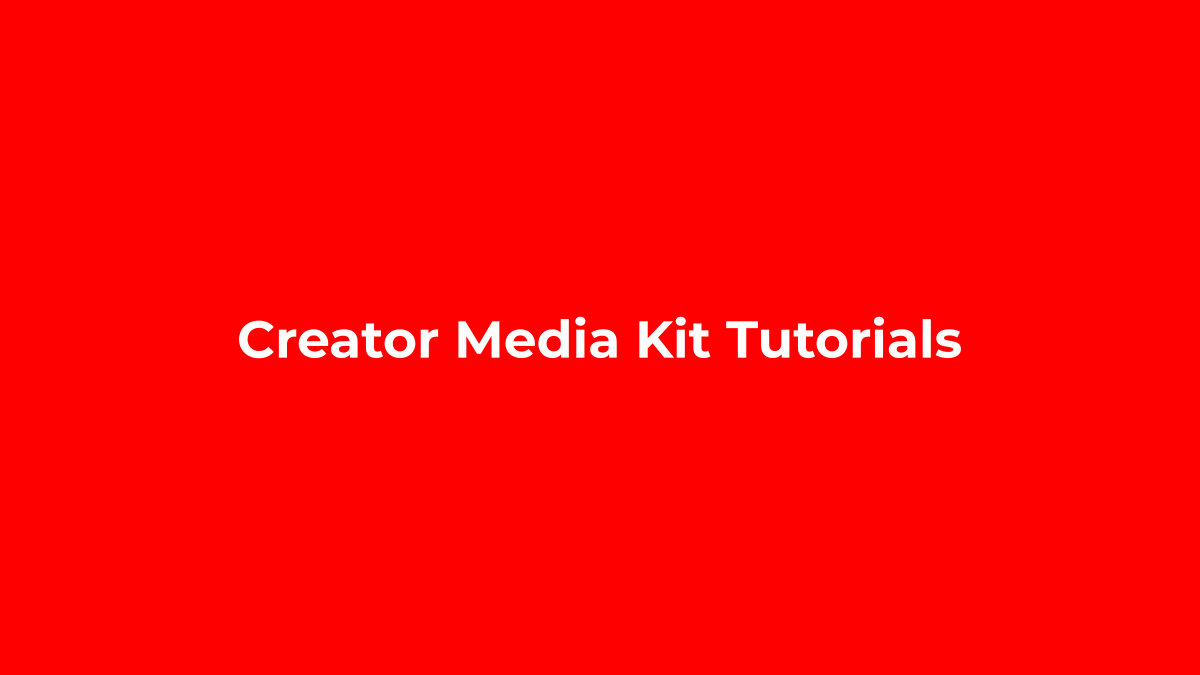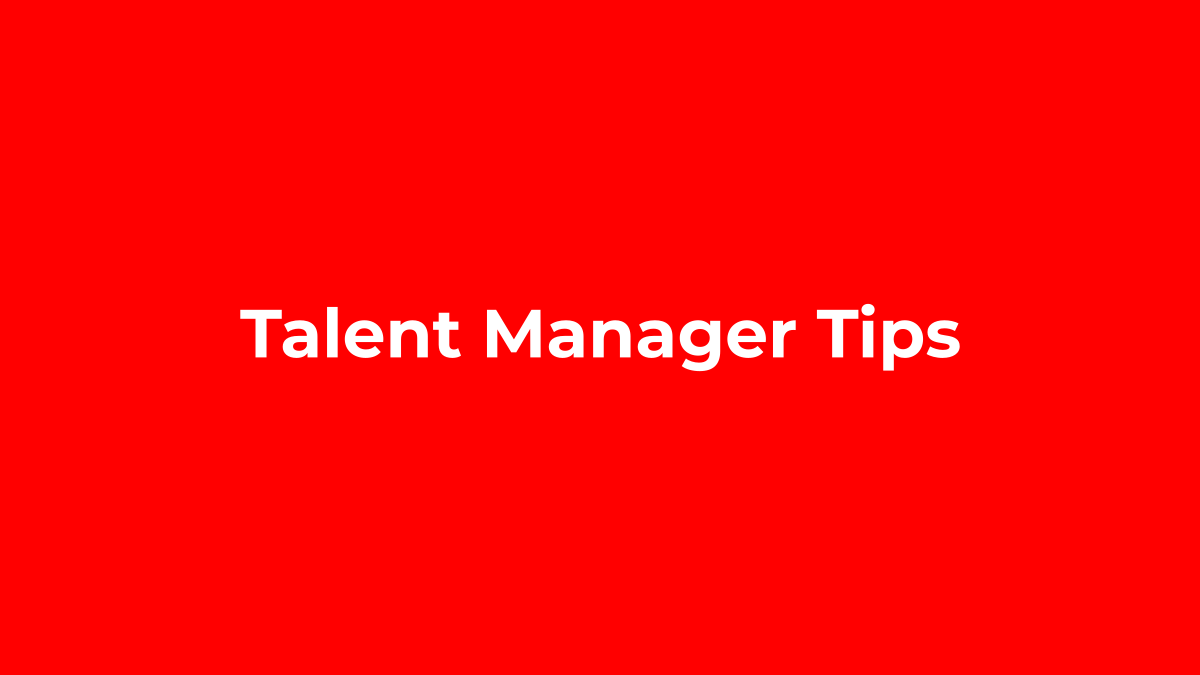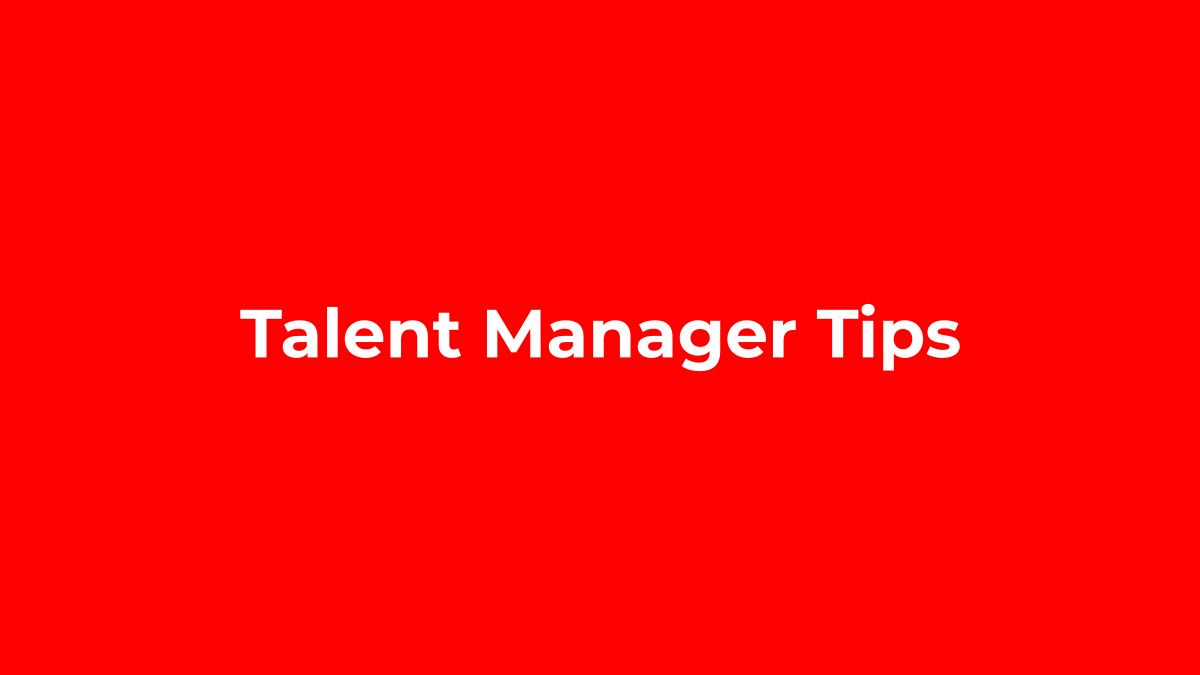Are you a talent manager navigating Social Media Marketing? Understanding how to measure your creator’s social media marketing success is crucial to making informed strategic decisions. In this article, we’ll explore essential metrics, effective tactics, and actionable insights to accurately gauge performance and optimize results.
Contents
Importance of Measuring Performance
Reliable metrics enable talent managers to assess the impact of content strategies, optimize creator engagement, and identify growth opportunities. Measuring performance helps distinguish successful tactics from underperforming ones.
- Tip: Regular performance tracking uncovers content trends that resonate best.
- Example: Notice higher engagement from short-form videos? Prioritize their creation.
Key Metrics for Creators’ Social Media
Understanding core performance indicators helps you accurately gauge how well your social media marketing efforts align with objectives. Here’s what you should focus on:
Engagement Rate
This reflects audience reaction through likes, shares, and comments, highlighting content appeal and relevance.
Reach and Impressions
These metrics indicate potential audience size and how many viewers actually see your content over time.
Click-Through Rate (CTR)
A high CTR signifies compelling content and effectively placed calls-to-action (CTAs).
Follower Growth Rate
Tracking steady audience increases validates successful content and audience targeting.
Best Tools to Track Social Media Performance
Tools designed for social media analytics facilitate accurate measurement and meaningful insights:
- Hootsuite: Offers robust analytics dashboards customized for different networks.
- Sprout Social: Essential for deep analytics and comprehensive reporting for influencer campaigns.
- Buffer Analyze: Provides actionable audience and content performance insights.
- Google Analytics: Ideal for tracking referral traffic originating from social platforms.
Actionable Tips for Effective Tracking
Enhance your measurement efforts with these strategic best practices:
- Define Clear Objectives: Specify goals like increased engagement, follower growth, or conversions to track relevant metrics effectively.
- Benchmark Regularly: Establish historical performance baselines to assess progress and seasonal fluctuations.
- Combine Qualitative and Quantitative Insights: Complement numbers with audience feedback to fully understand content performance.
- Automate Where Possible: Utilize tools that automate data collection and reporting, saving time and minimizing errors.
Conclusion
- Consistently measure social media metrics for informed decision-making.
- Focus foremost on engagement, reach, CTR, and follower growth.
- Use specialized tools to streamline performance tracking and reporting.
- Incorporate both data and user feedback for balanced insights.
Enhance your social media marketing insights and strategy even further at https://mediakits.app/category/social-media-marketing/
